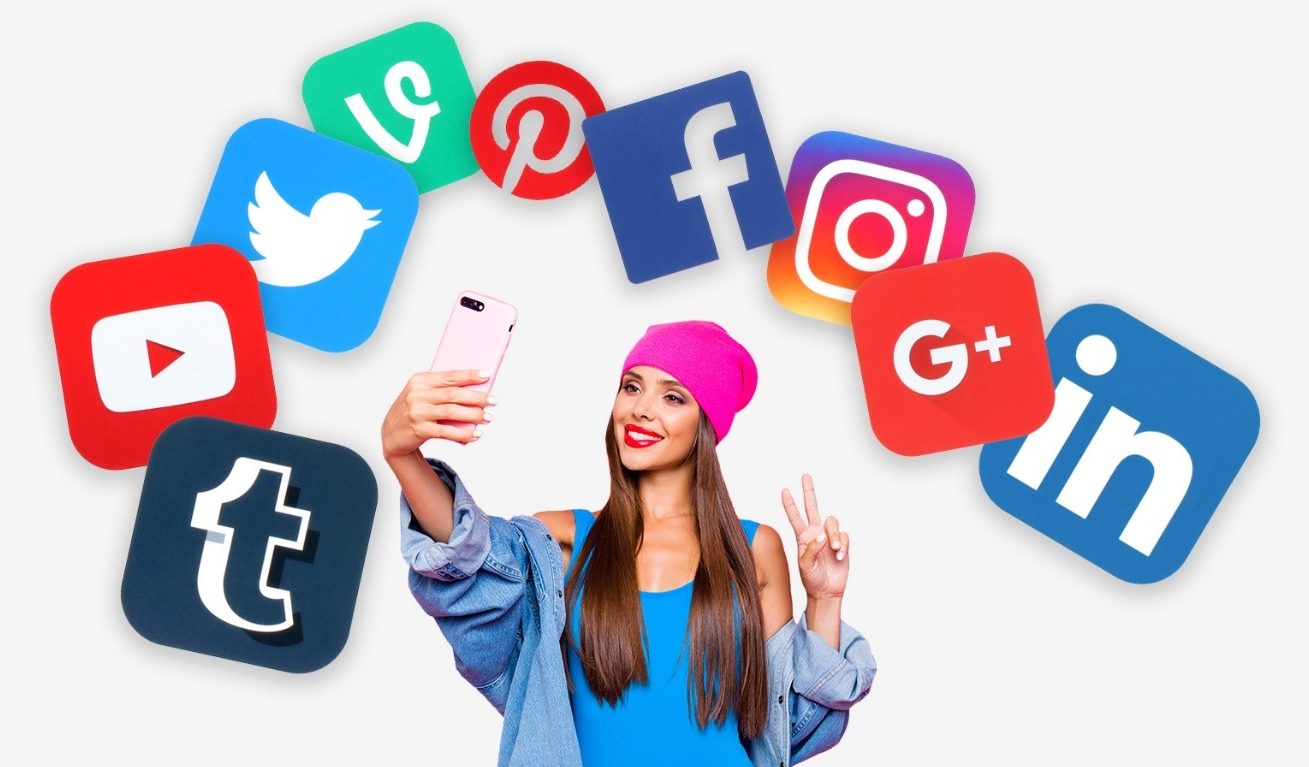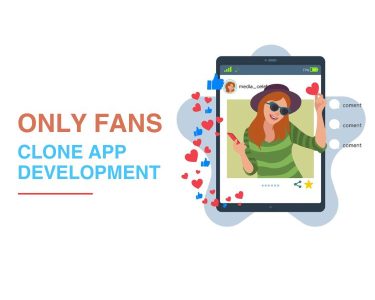In the dynamic landscape of digital marketing, social media continues to be a pivotal arena for brands looking to enhance their market reach and engagement. Influencer partnerships, in particular, have evolved into a cornerstone strategy, adapting to the rapid changes in social media platforms, user behavior, and technological advancements. This article explores the current trends in social media that are shaping influencer partnerships today.
Authenticity and Transparency
As consumers become more discerning and skeptical of traditional advertising, there is a growing emphasis on authenticity and transparency in influencer partnerships. Brands are increasingly partnering with influencers who share their values and have a genuine connection with their product or service. This alignment ensures that the influencer’s endorsements come across as sincere and trustworthy, which is crucial in building consumer trust.
Micro and Nano-Influencers
While celebrity influencers continue to have significant impact due to their vast followings, there is a noticeable shift towards micro (10,000 – 100,000 followers) and nano-influencers (less than 10,000 followers). These influencers often boast higher engagement rates because their audiences are more niche and engaged. Brands are leveraging these smaller influencers for their ability to create more personal and relatable content, which often yields better ROI.
Long-Term Partnerships
Gone are the days of one-off posts. Today, brands seek to establish long-term relationships with influencers to maintain consistency in messaging and build deeper connections with audiences. These prolonged collaborations allow for storytelling that unfolds over time, giving the audience a compelling narrative that can enhance brand loyalty and awareness.
Video Content Dominance
The surge in video content continues to dominate social media, with platforms like TikTok, Instagram Reels, and YouTube leading the way. Influencers are increasingly using these formats to create dynamic and engaging content that captures the attention of their audience. Brands partnering with influencers are focusing on these video formats to maximize engagement and reach.
Platform Diversification
While Instagram remains a powerhouse for influencer marketing, brands are also exploring other platforms to expand their reach. TikTok, for instance, has emerged as a key player in the influencer marketing arena, especially among younger demographics. Additionally, platforms like Pinterest and Snapchat are being revisited by brands looking to tap into their unique user bases.

Data-Driven Strategies
With advancements in analytics tools, influencer marketing is becoming more data-driven. Brands and influencers alike are utilizing insights gained from performance data to optimize their content and strategies. This includes understanding what type of content performs best, which posting times generate the most engagement, and how different demographics interact with posts.
Focus on ROI
As influencer marketing matures, there is an increasing focus on return on investment (ROI). Brands are not just looking at follower counts or likes but are deeply analyzing conversion rates, engagement rates, and the direct impact of influencer campaigns on sales. This shift towards performance-based marketing ensures that influencer partnerships are cost-effective and meet the set marketing objectives.
Ethical and Social Responsibility
In a time where social issues are at the forefront, brands and influencers are expected to be more conscious of the societal impacts of their partnerships. This includes promoting sustainability, diversity, and inclusivity. Influencers who are vocal about these issues and collaborate with brands that align with their values tend to resonate more with audiences, thereby fostering a positive brand image.
Augmented Reality (AR) and Virtual Reality (VR)
Emerging technologies such as AR and VR are starting to influence social media influencer campaigns. Brands are experimenting with these technologies to create immersive experiences for users, facilitated by influencers. This can range from virtual try-ons in the fashion industry to interactive games in tech. These innovative approaches are setting new standards in how brands engage with consumers through influencers.
Regulatory Compliance
As influencer marketing continues to professionalize, regulatory bodies are stepping in to ensure transparency. This includes clear guidelines on disclosures and advertising ethics. Influencers and brands must adhere to these regulations to maintain credibility and avoid legal pitfalls. Compliance is not only a legal requirement but also a key component in building trust with audiences.
Conclusion
The trends in social media for influencer partnerships highlight a shift towards more authentic, engaging, and technologically integrated campaigns. As the digital landscape evolves, so does the approach to influencer marketing. Brands that stay ahead of these trends and adapt to the changing environment can effectively leverage influencers to reach their target audiences more effectively. In this ever-evolving marketplace, flexibility, authenticity, and strategic planning are key to successful influencer partnerships.




